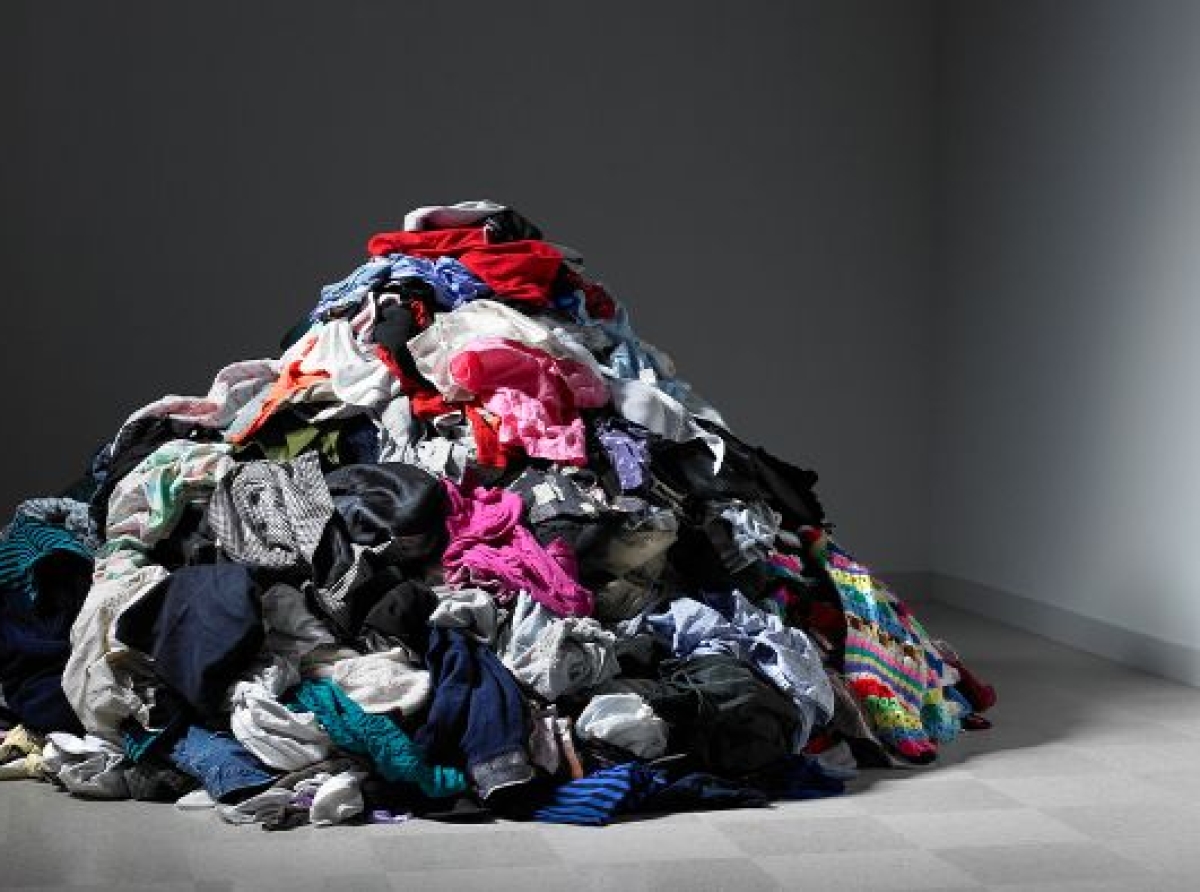25 March 2023, Mumbai
Morals are included in every stage of the production process for ethical apparel. The goal of ethical fashion is to ensure that every animal, person, and object is treated fairly throughout the whole manufacturing process, from the assembly line to the supply chain and everyone in between as it is a legacy issue.
Setting Green Goals for the Textile Sector; What augers well for global trade are developments in advanced markets like the EU aspiring/mandating for textile goods to be resilient, recyclable, safe, and made with consideration for both people and the environment by the year 2030 aiming to make growth sustainable, climate-neutral, and energy- and resource-efficient as a single biggest agenda separating 'Greenwashing from Genuine Sustainability' in Fashion.
Breaking the Myth: Sustainable Clothing Is More Than a Trend
Help the world cloth healthy; What is heartfelt is that sustainability consciousness is inching beyond a handful of forward-looking designers/designer labels, iconic brands, and ethical and sustainable brands, hopefully, it should even out.
The question one should be asking is," Is sustainable fashion a rich man's obsession/The Power of Conscious Choices, as it is all about approaching what you wear with a clear vision of sustainability to set foot".
Sustainable development context; Sustainability in fashion is vital for bringing down environmental impact. Examples such as using recycled materials, minimizing water consumption, and executing circular design practices intertwining consumers' ethical attitudes and values coming on the back of nuanced interpretations & synergies of eco-fashion consumption and consumer purchase decisions involving physical appearance, attire, and fashion articles.
The Hidden Environmental Costs of Fashion
The textile industry is the second greatest polluter of local freshwater in the world and is culpable for roughly one-fifth of all industrial water pollution.
Post-consumer waste; According to a Barclaycard poll, 1 in 10 British consumers purchase clothing solely for social media photos and never really wear them. Silver lining; Very recently PM, Narendra Modi urged the nation,” The compelling need of the day is to make sustainable clothing a conscious choice today if not yesterday”.
Sustainability Means Different Things to Different People
From Niche to Mainstream Conversation; This does not imply that sustainable fashion ignores these issues, but it frequently overlooks supply chain components. Sustainability emphasizes the utilization of renewable resources and the environment. The goal of ethical manner is to empower people.
Yet, a product can be both ethical and sustainable. Wool from ethical sources would serve as an illustration. Sustainable apparel/clothing is connected to honest activities since it reduces some of the problems they seek to eliminate.
Beyond Greenwashing: True Sustainability
Few sectors make a stronger case for their commitment to sustainability than the fashion sector. While yoga mats made from mushrooms and sneakers manufactured from sugar cane are commonplace on shop shelves, products ranging from bikinis to wedding gowns are advertised as carbon positive, organic, or vegan. Recycling, resale, leasing, reuse, and repair are new business concepts marketed as saving the environment.
The sad reality is that despite all of this experimentation and purported innovation in the fashion industry over the past 25 years, it hasn't succeeded in reducing its environmental impact, which should serve as a loud wake-up call to anyone who believes that grassroots efforts can effectively address climate change and other pressing societal issues.
Alarmist prognosis
Impending disaster; Shocking enough fashion industry has a dubious distinction as assessed by global experts that estimated unhealthy greenhouse gas (GHGs) emissions/yield of this space globally to dangerously only to rise in excess of some 50% come 2030.
The Paradoxes of Sustainability
Consider the fact that shoe and shirt manufacturing has more than quadrupled over the past 25 years; 75 percent of it is either burnt or dumped in landfills. The industry's sustainability failure has many complex causes.
A significant factor has been the need for ongoing expansion and customer desire for affordable, rapid fashion. Nevertheless, since 1990, real prices for clothing and footwear have decreased by 50%, and most new products are made of non-biodegradable synthetic materials derived from petroleum.
Fashioning a sustainable future requires addressing consumerism and fast fashion; The word "sustainable" has been bandied about recently, particularly in the fashion sector. What is meant by sustainability? What exactly is sustainable clothing? What is moral clothing? This post provides all the information you need about sustainability, sustainable fashion, and how to create an eco-friendly capsule wardrobe. We also address all the questions raised above.
Sustainability: More Than Hype
Regarding sustainability, fashion is one of the most frequently discussed subjects. The sustainable fashion movement aims to develop ethical and environmentally responsible supply chains, systems, and products. Fashion is a significant kind of art and business. Fashion has the power to uplift, provides a creative outlet where creativity thrives, and brightens people's lives. The 2.25 trillion dollar sector supports numerous employment globally and fosters racial and cultural harmony by uniting people.
Defining Sustainability: An Evolving Challenge
But, the industry is equally to blame for making a sizable contribution to the climate issue. In addition, the sector exploits labor, depletes natural resources, and uses unethical supply networks.
The Rise of Sustainable Fashion; The movement for sustainable fashion has rapidly expanded in recent years to bring about meaningful change in the fashion industry and globally to address the current climate emergency before it is too late by accepting responsibility, enhancing workflow and working conditions, lowering waste, and seeking novel solutions.
Fashioning a Sustainable Future; The elephant in the room remains consumerism/fast fashion which nobody wants to discuss and, the existing lifestyle adopted by the generation of the day. There is a compelling need to make textile and apparel (T&C) manufacturing more resource-conscious.

























